Anoxic brain injury is a medical term for the condition in which the brain is deprived of oxygen. Since adequate oxygen is absolutely necessary for the brain and its proper functioning, the lack of it causes the loss of the brain cells in less than five minutes. At this point, the brain cells begin to die out and the consequences are usually permanent, life threatening, or even fatal. This condition is very similar to hypoxic brain injury, but there is a difference, because anoxia does not stand for inadequate supply of oxygen (as hypoxia does).
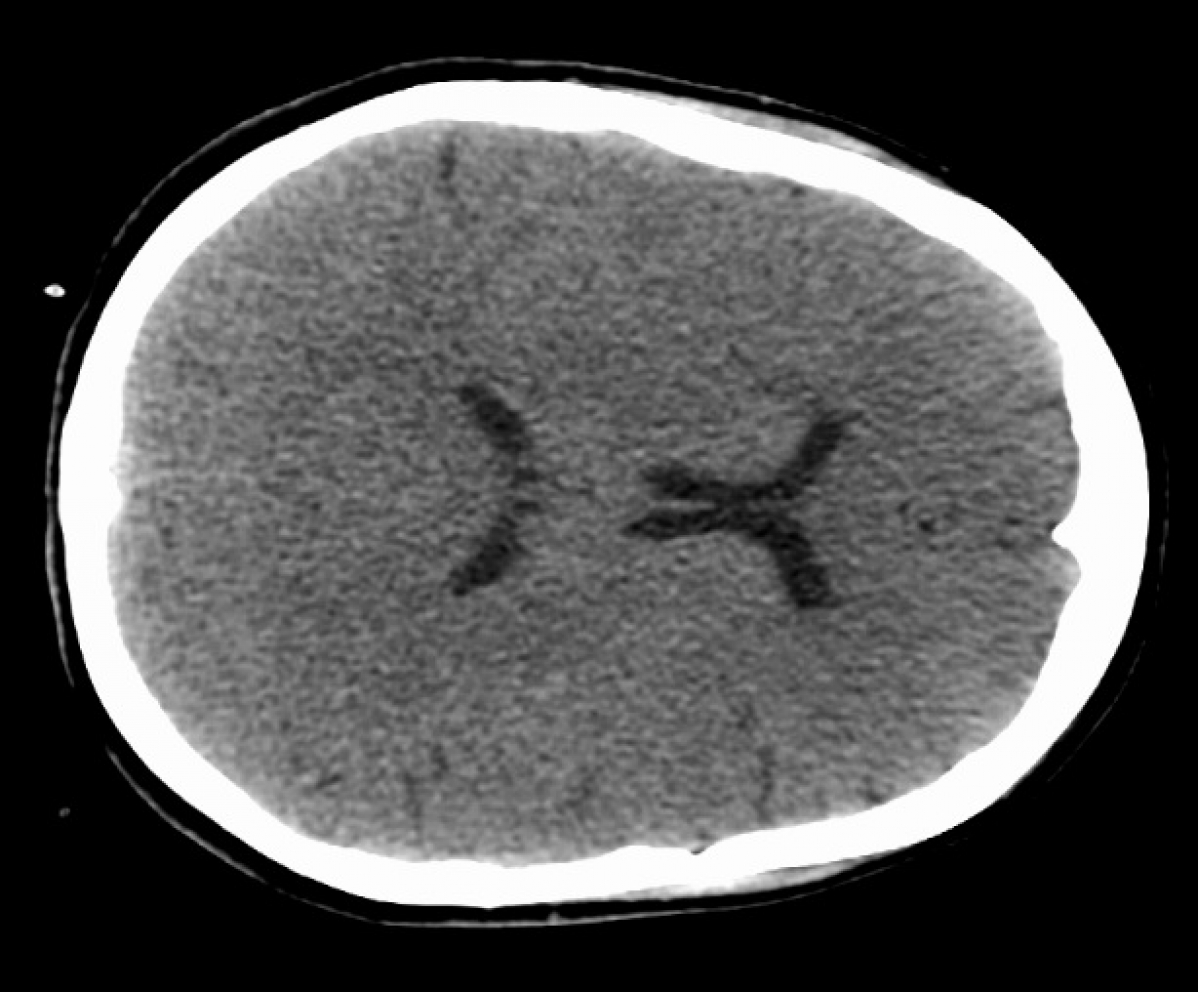
Types of anoxic brain injury
Four different types of anoxia are identified, and the causes of each type differ. Anemic anoxia, which is occurs when blood is unable to carry enough oxygen to the brain, can be caused by chronic anemia, acute hemorrhage and poisoning with carbon monoxide. Toxic anoxia occurs when toxins are present in the person’s body, which prevents the efficient use of the oxygen from the blood. Stagnant anoxia is caused by some internal condition such as stroke, cardiac arrest or cardiac arrhythmia, and in such cases, the blood rich in oxygen is blocked from getting to the brain. The fourth type of anoxia is anoxic anoxia and it happens when there is simply not enough oxygen in the air. This type of anoxia might be experienced by people at high altitudes.
How to recognize anoxic brain injury and can it be treated?
The symptoms are more or less the same for all types of anoxia, and at the beginning, the person in question usually (but not necessarily) loses consciousness, and if there is no waking up when called, the person is in coma. It is also possible that the person lapses into the state which is called persistent vegetative state. However, if the person regains consciousness, the symptoms that occur after some head trauma might be experienced, but which of them will exactly occur depends on the damage of the brain tissue and the part of the brain that has suffered the damage.
As for the treatment, it is important to determine the cause first, because in the majority of the cases, it is necessary to treat the condition that provoked anoxic brain injury and to restore the normal oxygen level. After the treatment of the cause, the period of rehabilitation begins and besides the specialists such as physiotherapists, neuropsychologists, occupational therapists and others, the members of the family may be included in order to help the patient and speed up the process of recovery.
- medlineplus.gov/ency/article/001435.htm
- www.betterhealth.vic.gov.au/health/ConditionsAndTreatments/acquired-brain-injury
- Photo courtesy of James Heilman, MD by Wikimedia Commons: commons.wikimedia.org/wiki/File:Anoxicbraininjury.png



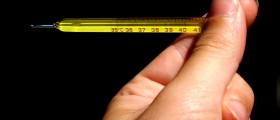

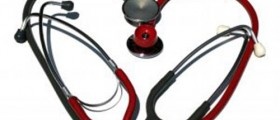
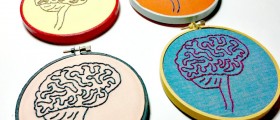



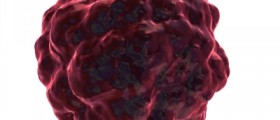
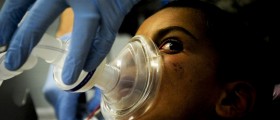

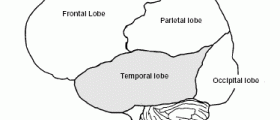
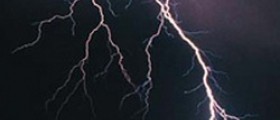


Your thoughts on this
Loading...